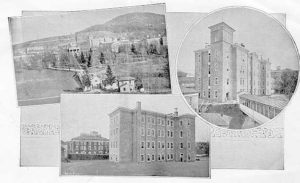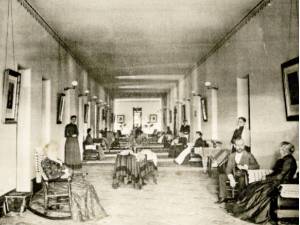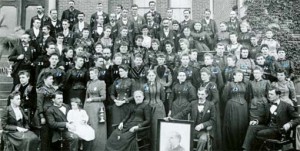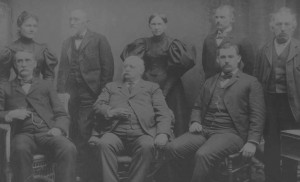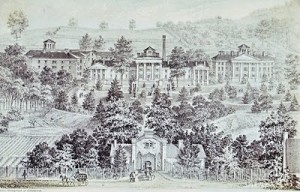Women were assumed to be more delicate–mentally as well as physically–than men, and thus would become insane more often. Alienists (early psychiatrists) accepted this as the truth, but there does not seem to be a comprehensive 19th-century study that actually verifies this assumption. If some asylums held more women than men, it may have been because women had fewer legal rights and were easier to commit. And, as homemakers and primary caregivers, women often looked after male household members who were insane and thus kept them out of asylums. Men could not always do the same even if they had been inclined to, since most heads of household had work obligations. It is likely that many women ended up in asylums because no one could take care of them, or it was simply easier on their male relatives.
At the Canton Asylum for Insane Indians, men outnumbered women as patients over the life of the asylum. From available records, about 212 men and 155 women spent time at Canton Asylum; this figure includes two babies who were confined with their mothers for a period. Though the patient list is doubtlessly incomplete, it does show both the gender imbalance at the asylum as well as how few patients the asylum actually treated over more than 30 years. Though Dr. Hummer pleaded continually for expansion, there does not appear to have been a patient population which would have made expansion justifiable.
______________________________________________________________________________________
